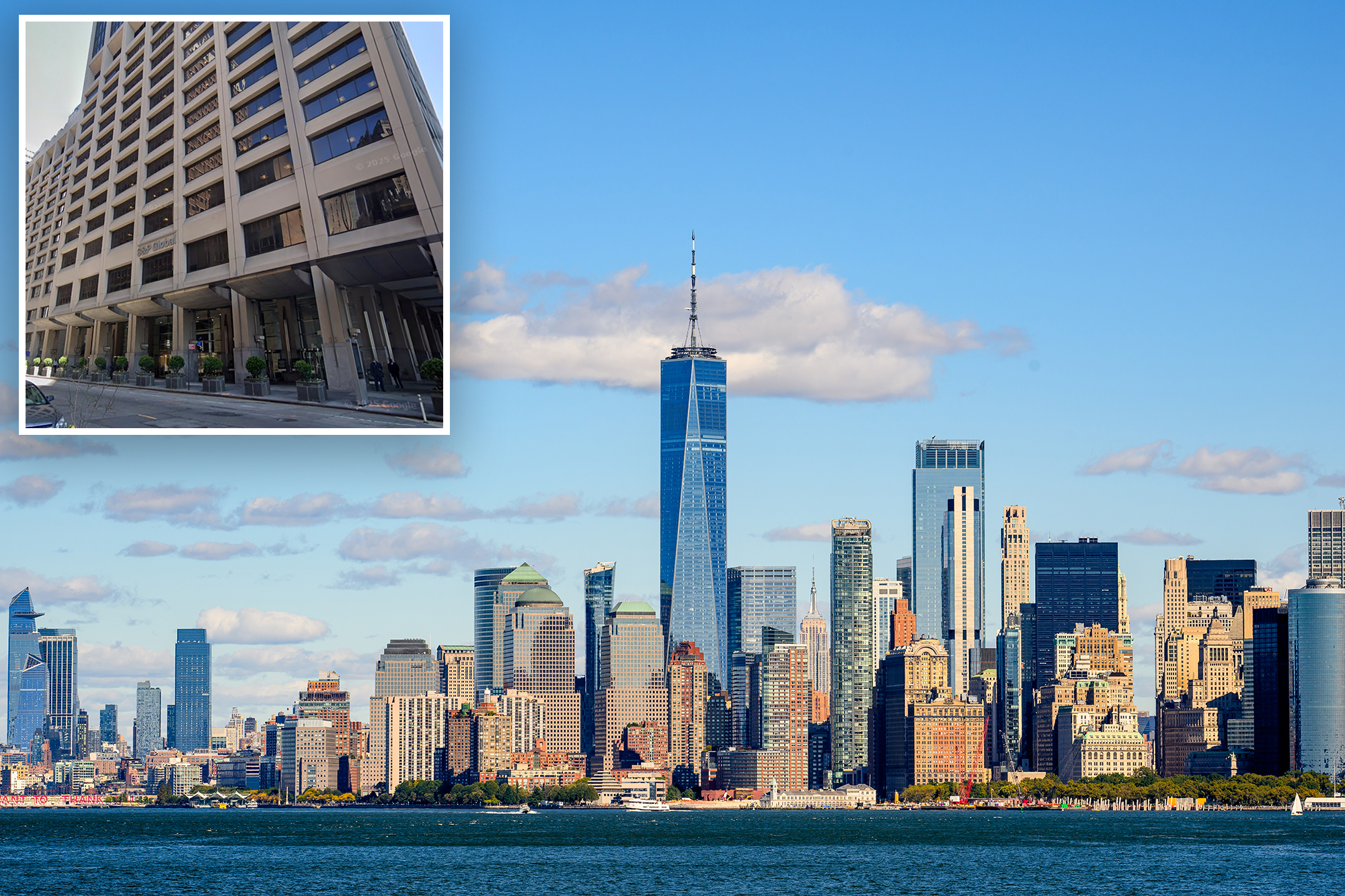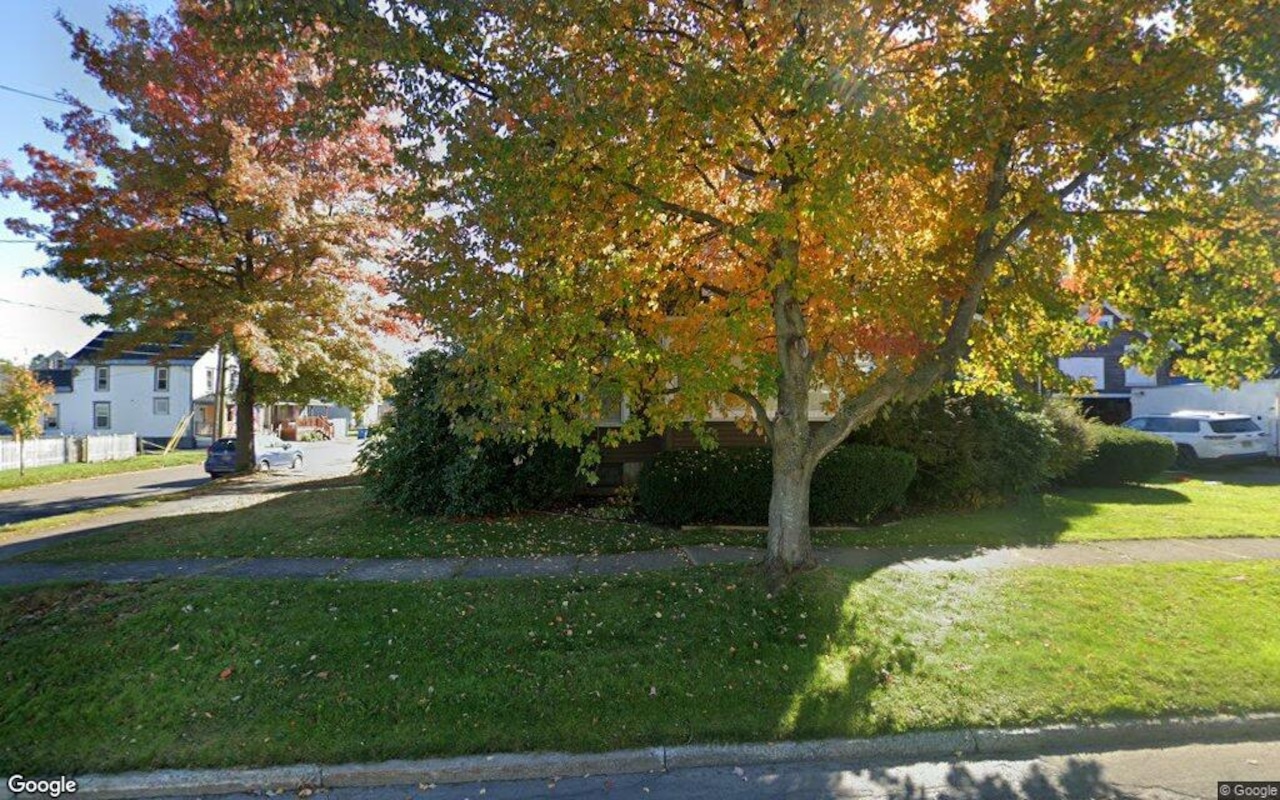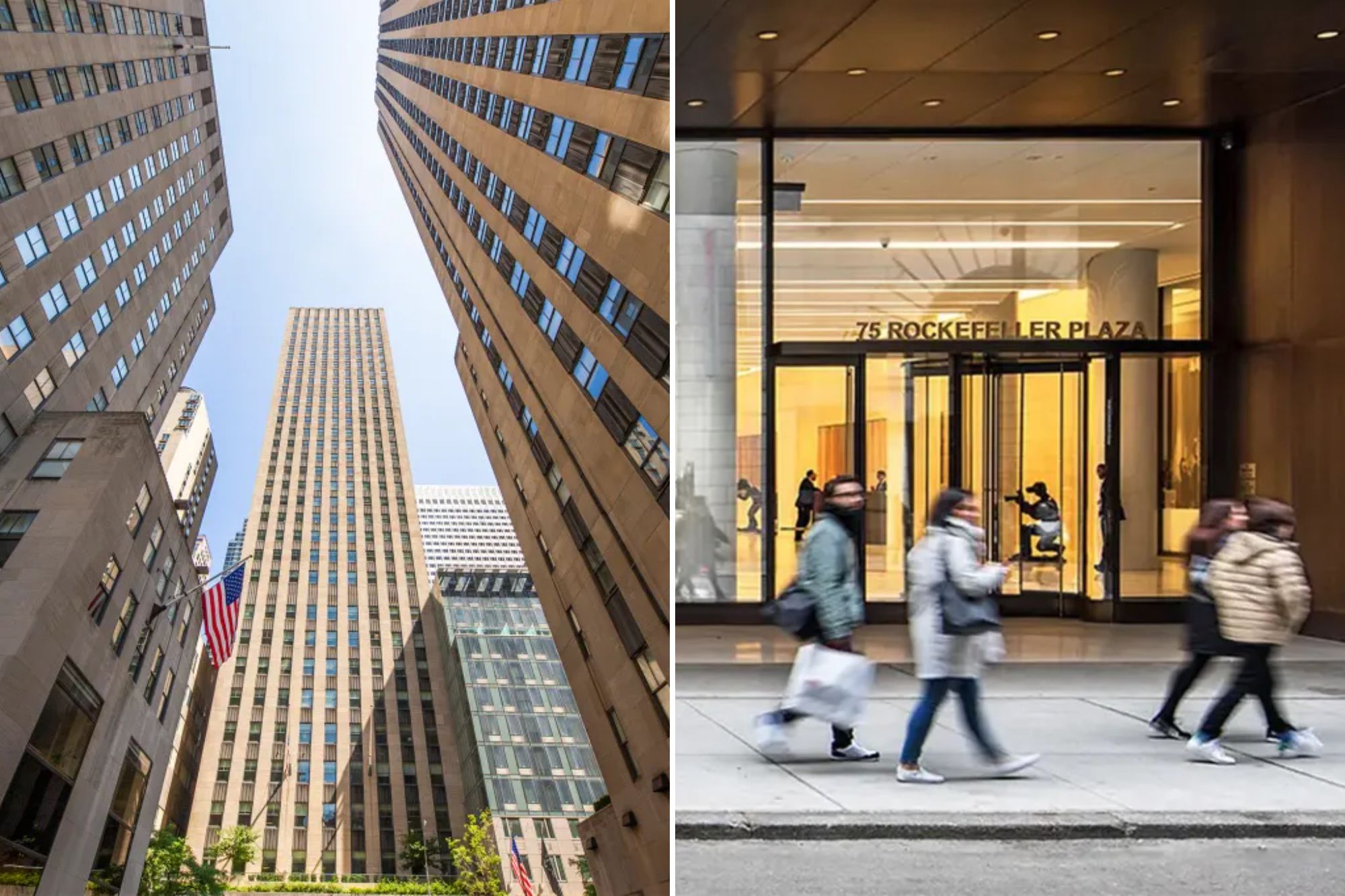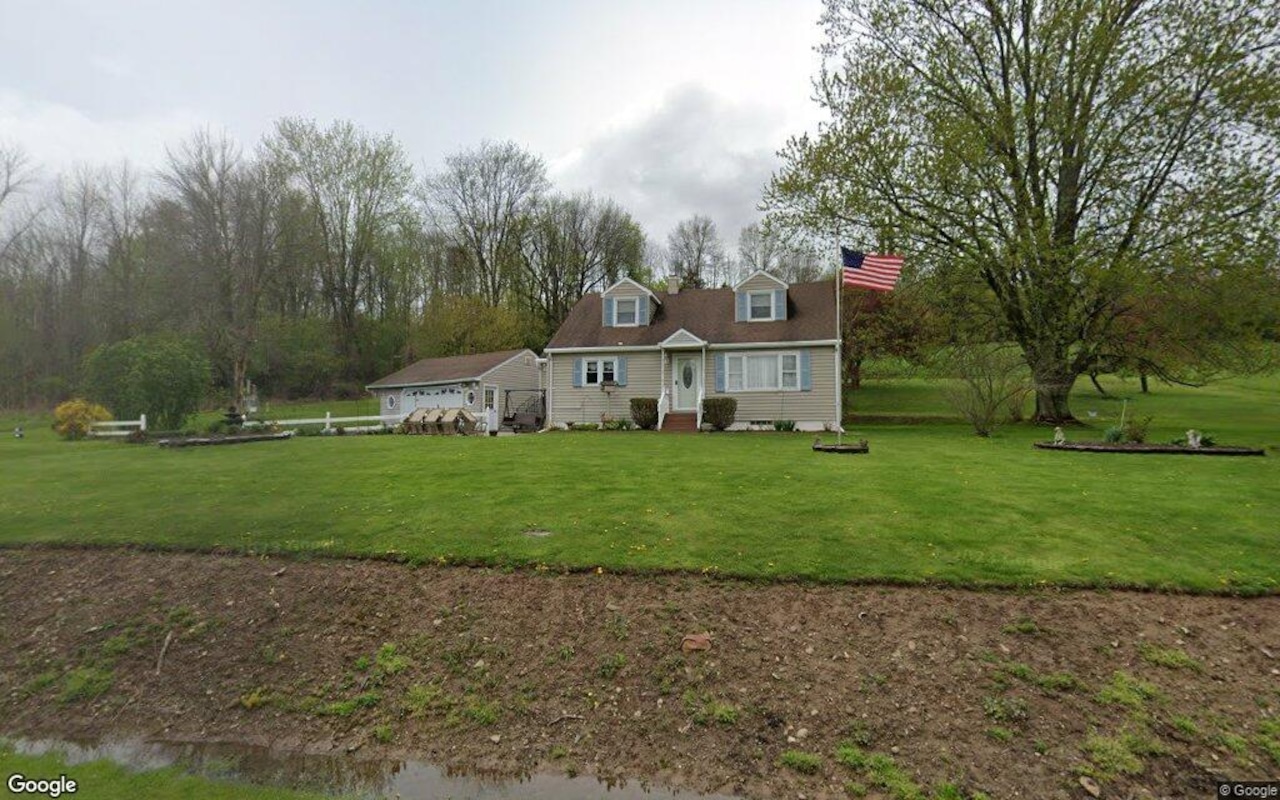*
*Home Prices: Largest Decline Share Since 2012**
A new Zillow study shows that 53 % of U.S. homes have fallen in value over the past year, the highest share of declining properties since 2012 when the market was still recovering from the recession. In 2023 only 14 % of homes were down, but the current drop reflects a normalization after years of rapid appreciation, not a wholesale crash. “Homeowners may feel rattled when they see their Zestimate drop,” says Zillow senior economic researcher Treh Manhertz. “But relatively few are selling at a loss. Home values surged over the past six years, and the vast majority of homeowners still have significant equity. What we're seeing now is a normalization, not a crash.”
**Equity Remains Strong**
Despite widespread one‑year declines, most owners still enjoy deep equity. Since the median last sale—about eight and a half years ago—home values have risen 67 %. In supply‑constrained markets gains have been nearly double that pace. Buffalo leads major metros with a 108 % increase, followed by San Jose (97 %), Providence (95 %), Columbus (90 %) and San Diego (88 %). Owners in these areas often stay longer, compounding equity growth.
**Magnitude of the Pullback**
Zillow data shows that homes have slipped an average of 9.7 % from their peak, a modest pullback compared with the 27 % drawdown at the bottom of the 2012 crash, but higher than the 3.6 % dip recorded in spring 2022 during the pandemic boom.
**Losses at Sale Are Rare**
The most critical metric—whether a home is worth less than its last sale price—remains historically low. Only 4.1 % of homes are currently valued below their last sale price, up from 2.4 % a year ago but well below the 11.2 % rate seen before the pandemic. The tight inventory environment keeps distress limited: just 3.4 % of new listings are priced below their last sale price, a slight rise from last year but still about half the pre‑pandemic 2019 level of 5.9 %.
**Regional Divergence**
Markets that overheated most during the early pandemic and the nation’s costliest metros see the largest share of sellers cutting prices. San Francisco tops the list with 14 % of new listings priced below their last sale, followed by Austin (13 %), San Jose (9 %), San Antonio (8 %) and Dallas (7 %). In contrast, Providence, Milwaukee and Cincinnati see fewer than 1 % of new listings priced below their prior purchase price, and 13 other metros across the Northeast, Great Lakes, South and Midwest are below 2 %.
**A Market Recalibrating, Not Collapsing**
Nationwide home‑value appreciation has flattened over the past year, but the aggregate masks sharp regional divides. Local performance now varies not just by metro but by neighborhood, even block by block. With mortgage rates elevated and affordability stretched thin, economists expect unevenness to persist through 2025. For now, U.S. housing is more a comedown than a collapse. After years of breakneck gains, the market is recalibrating—more than half of homeowners may see lower Zestimate values, but only a small minority face actual losses. The correction is real, but so is the cushion.














